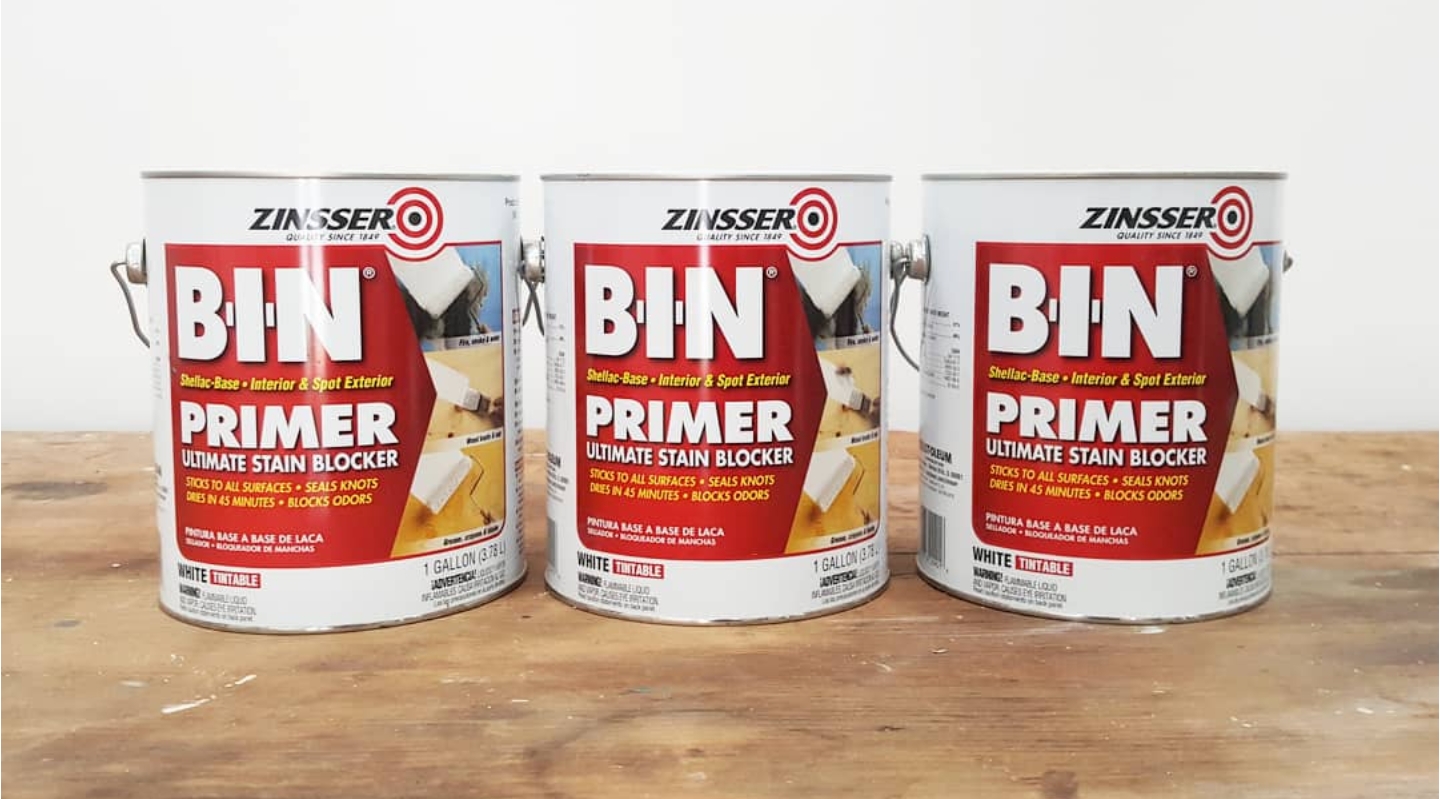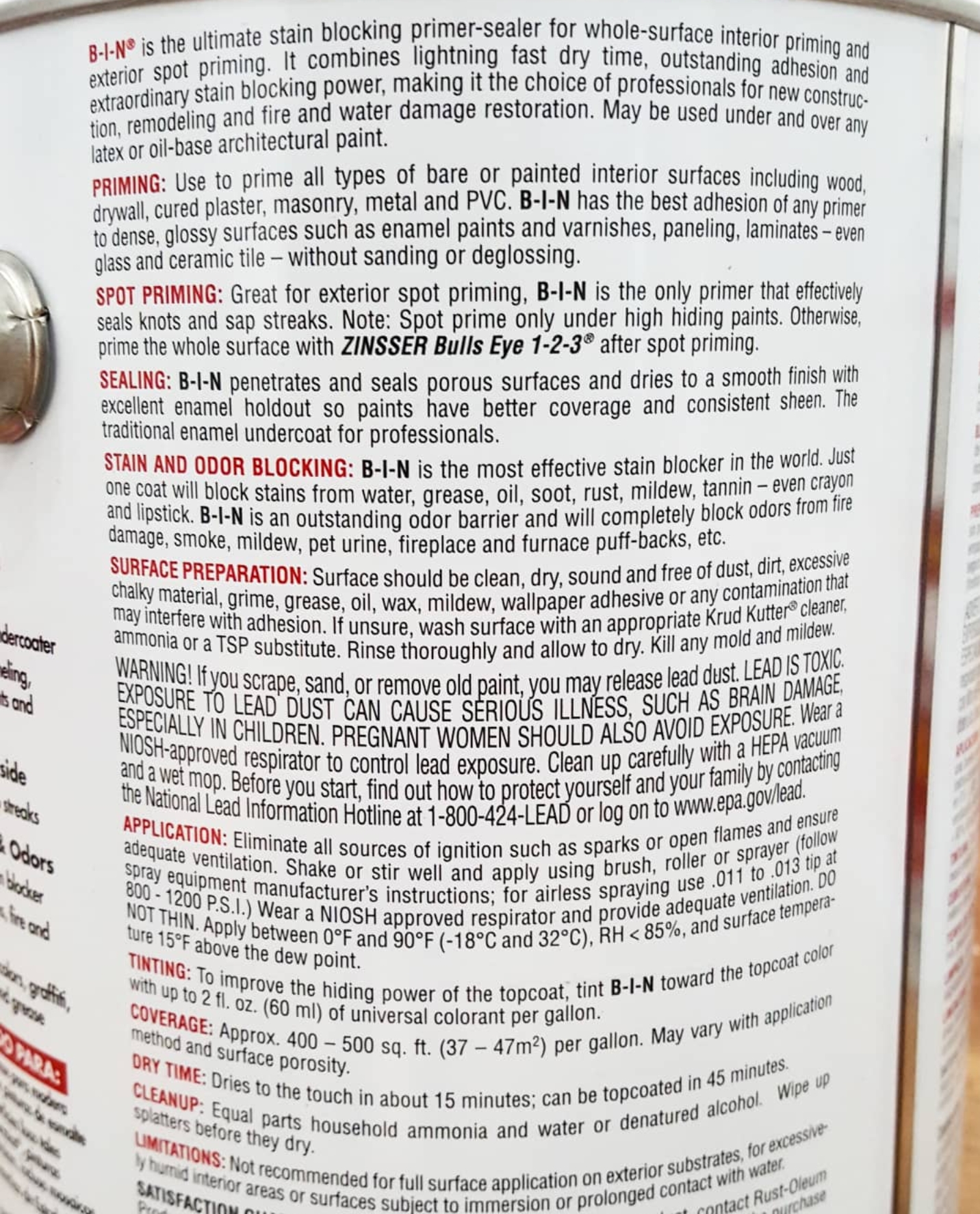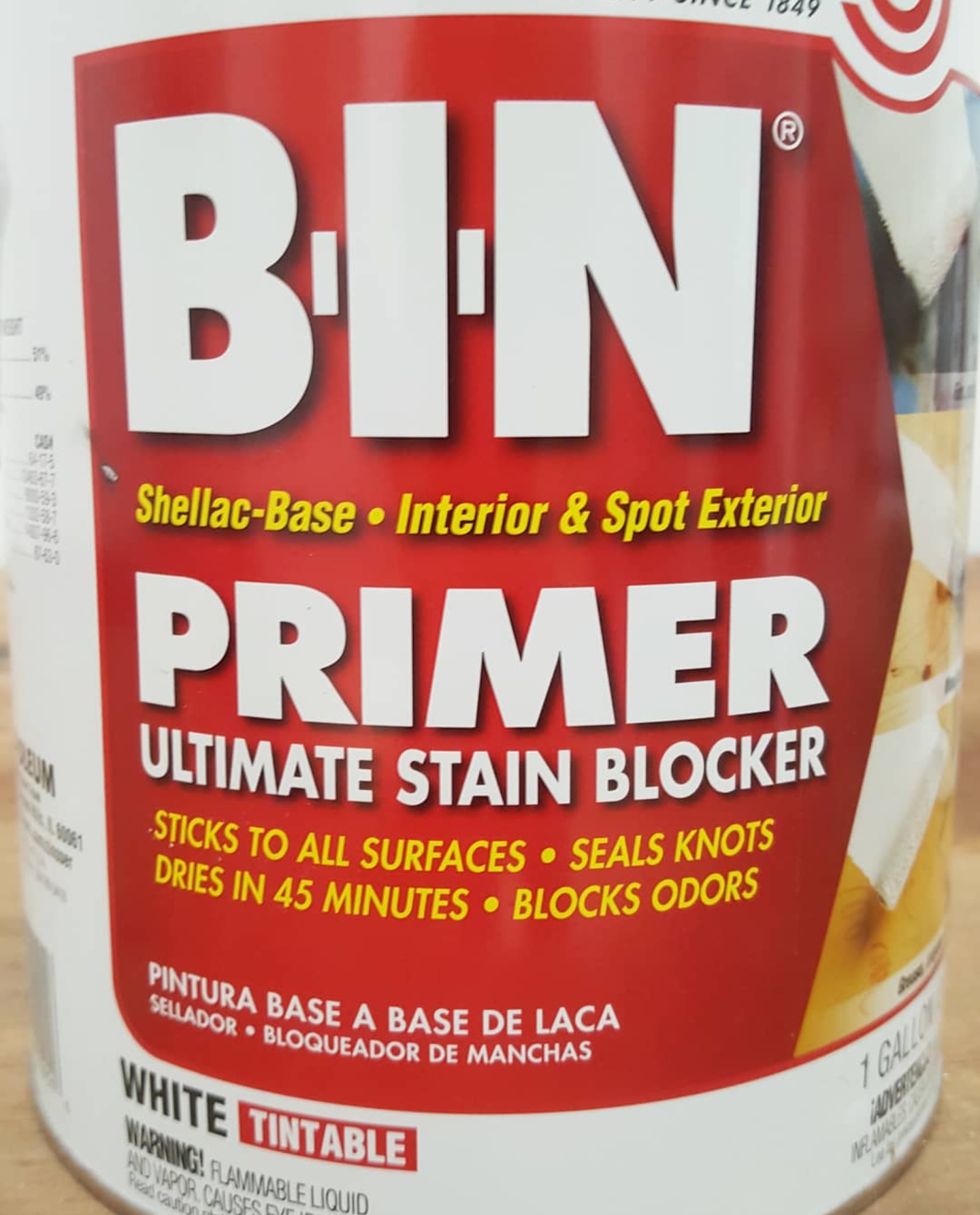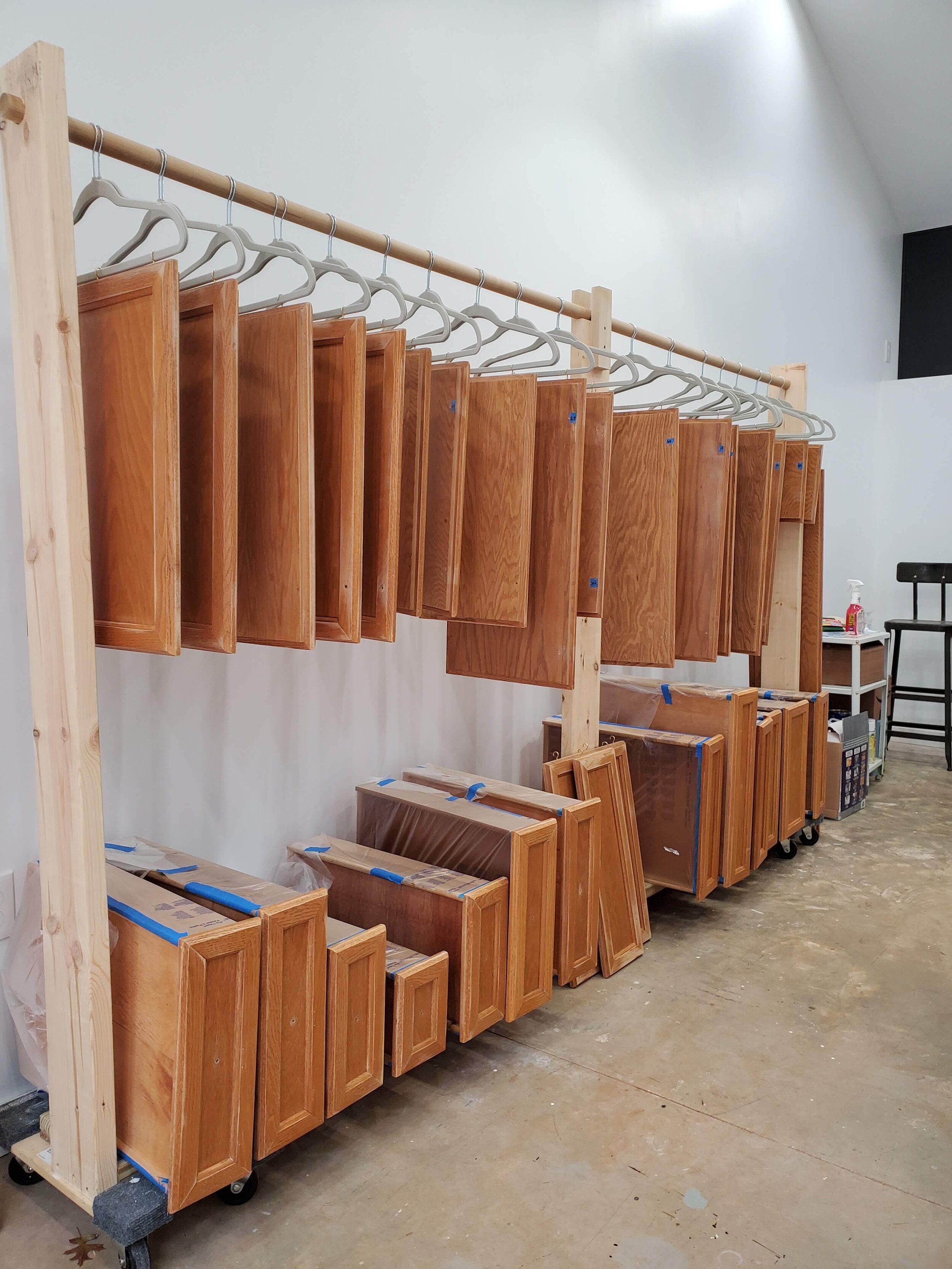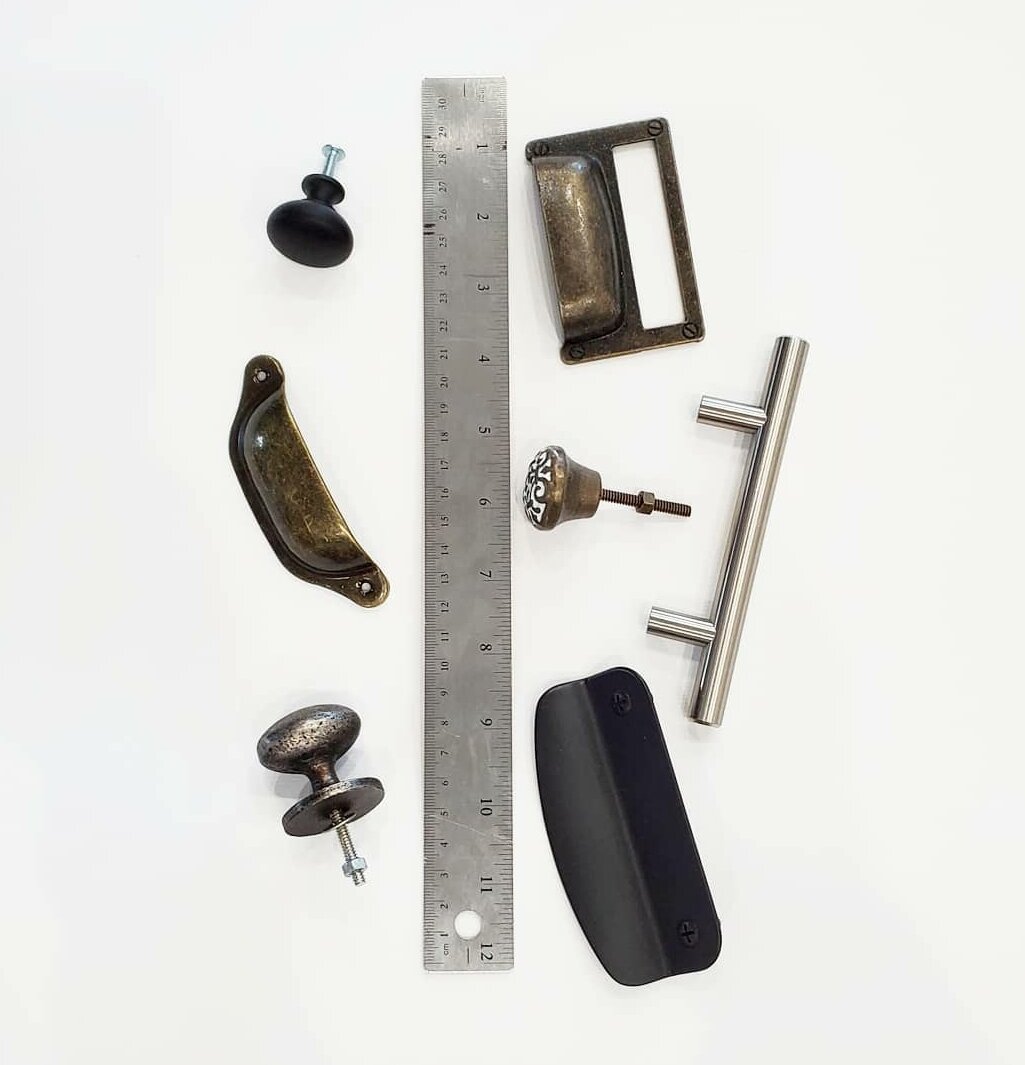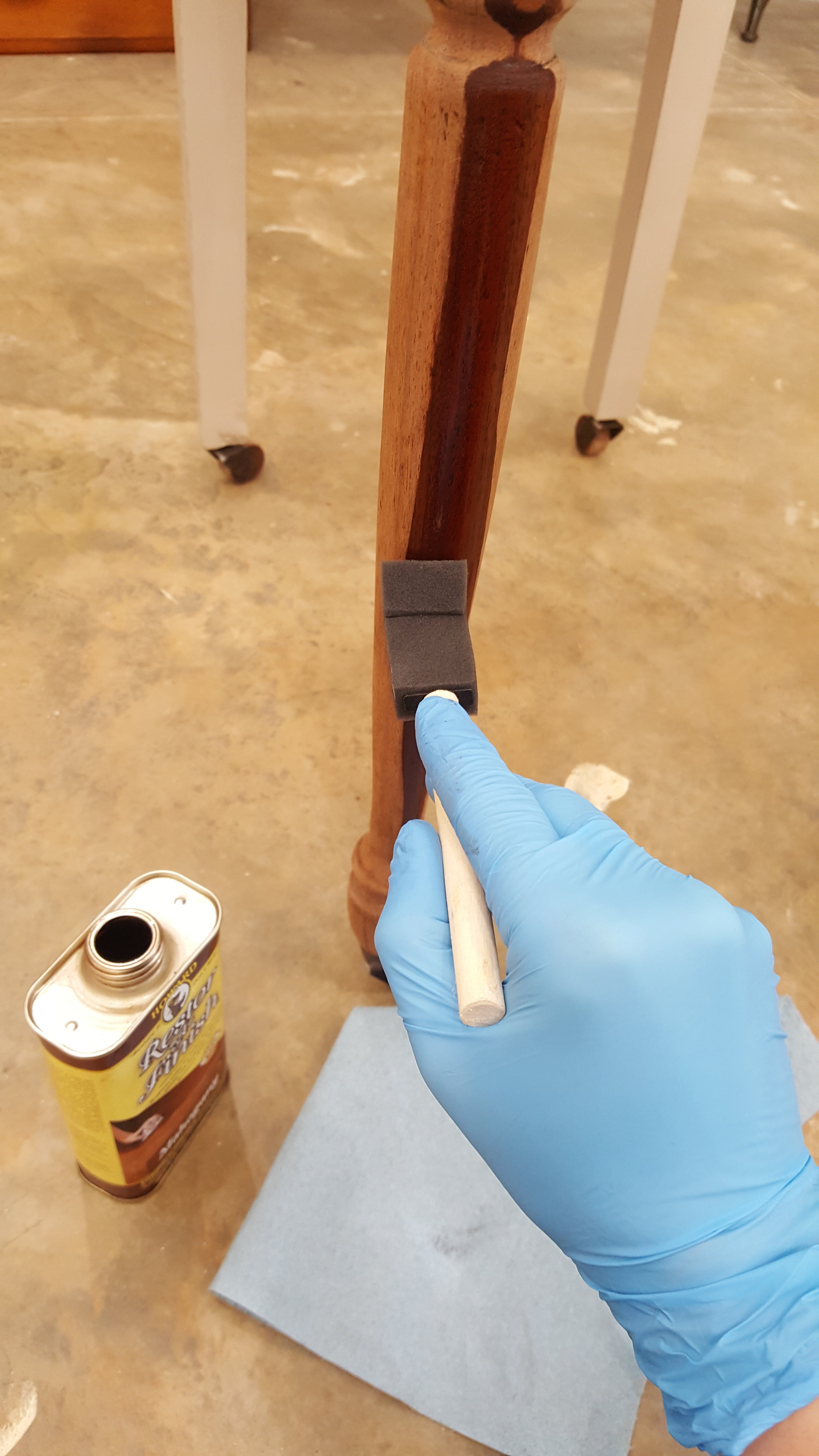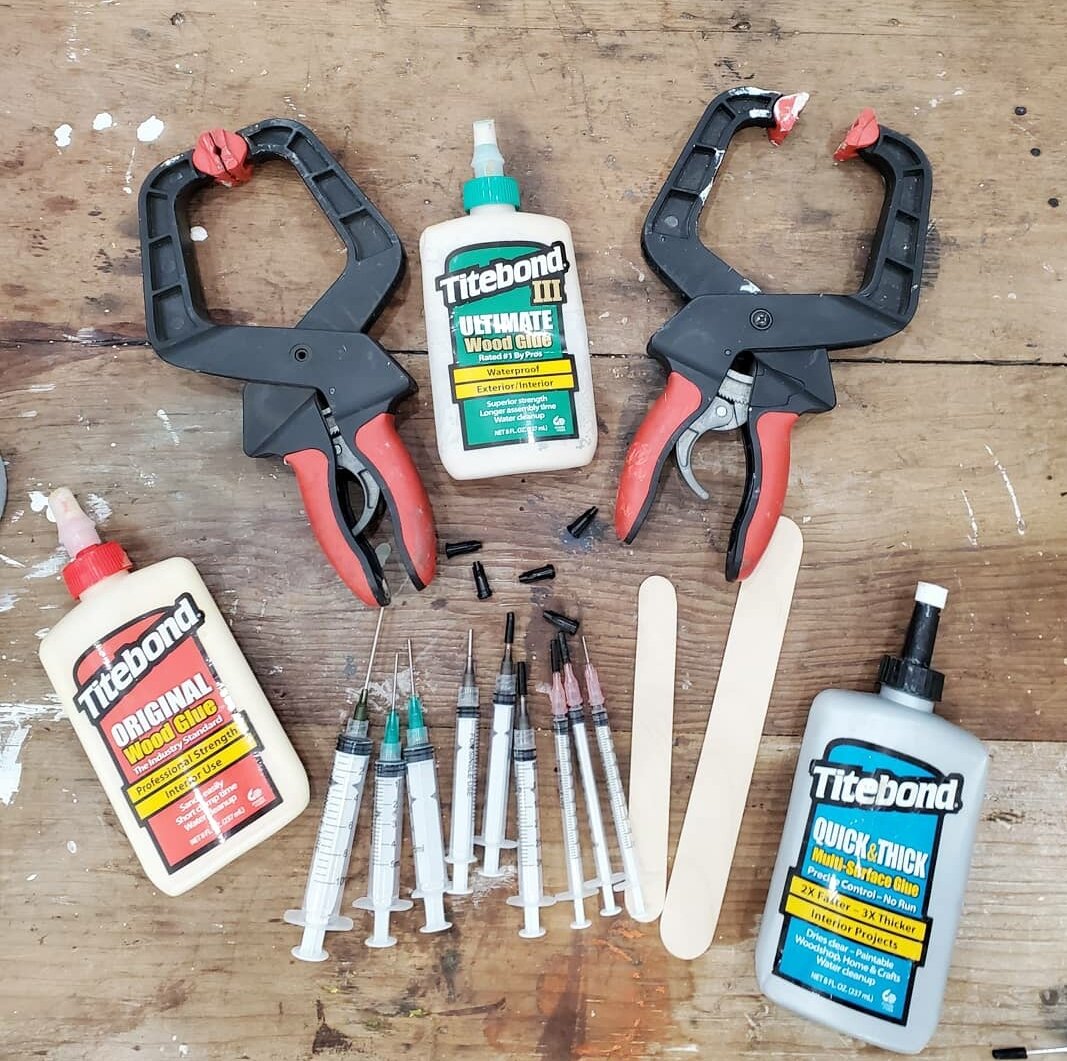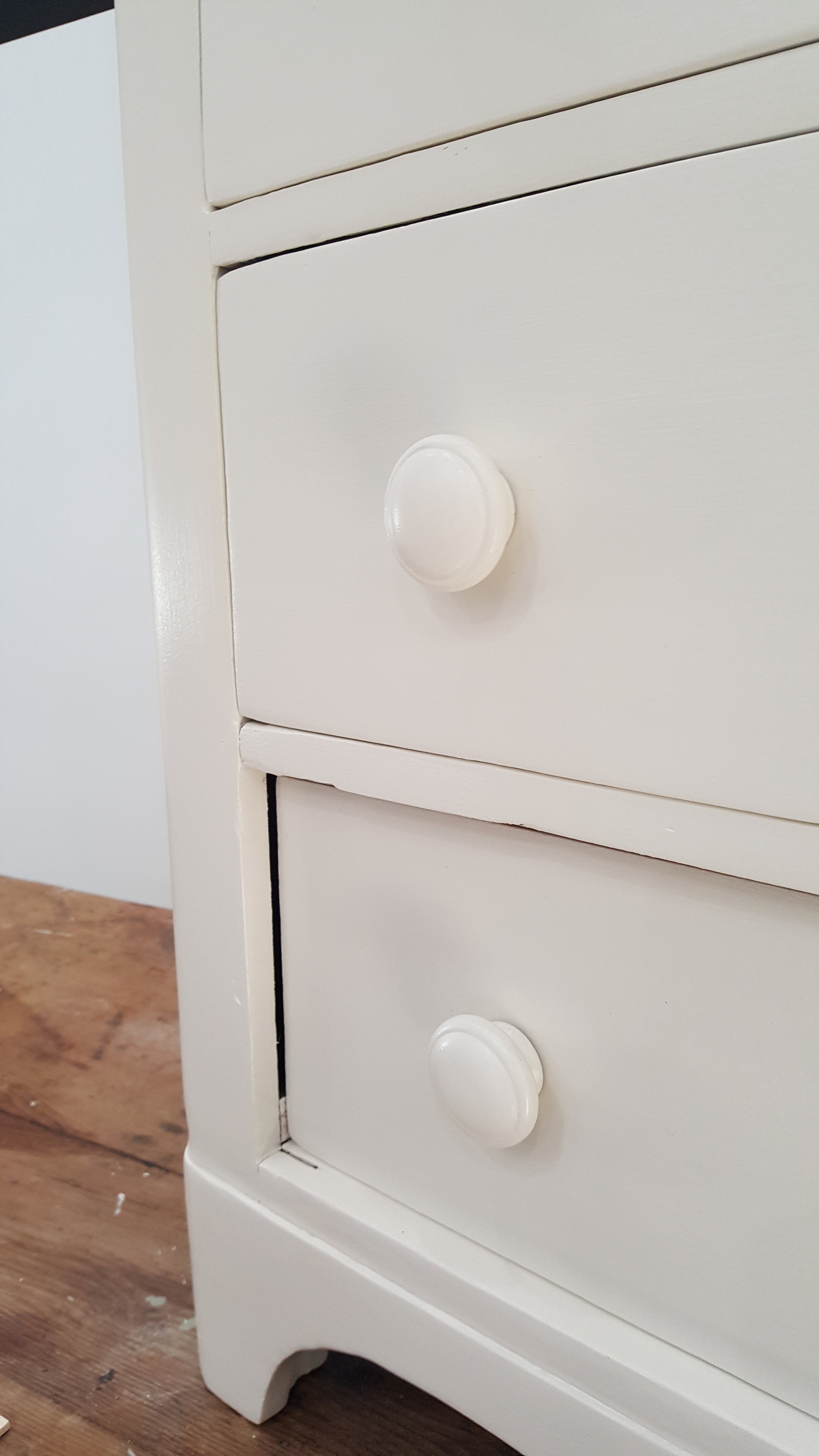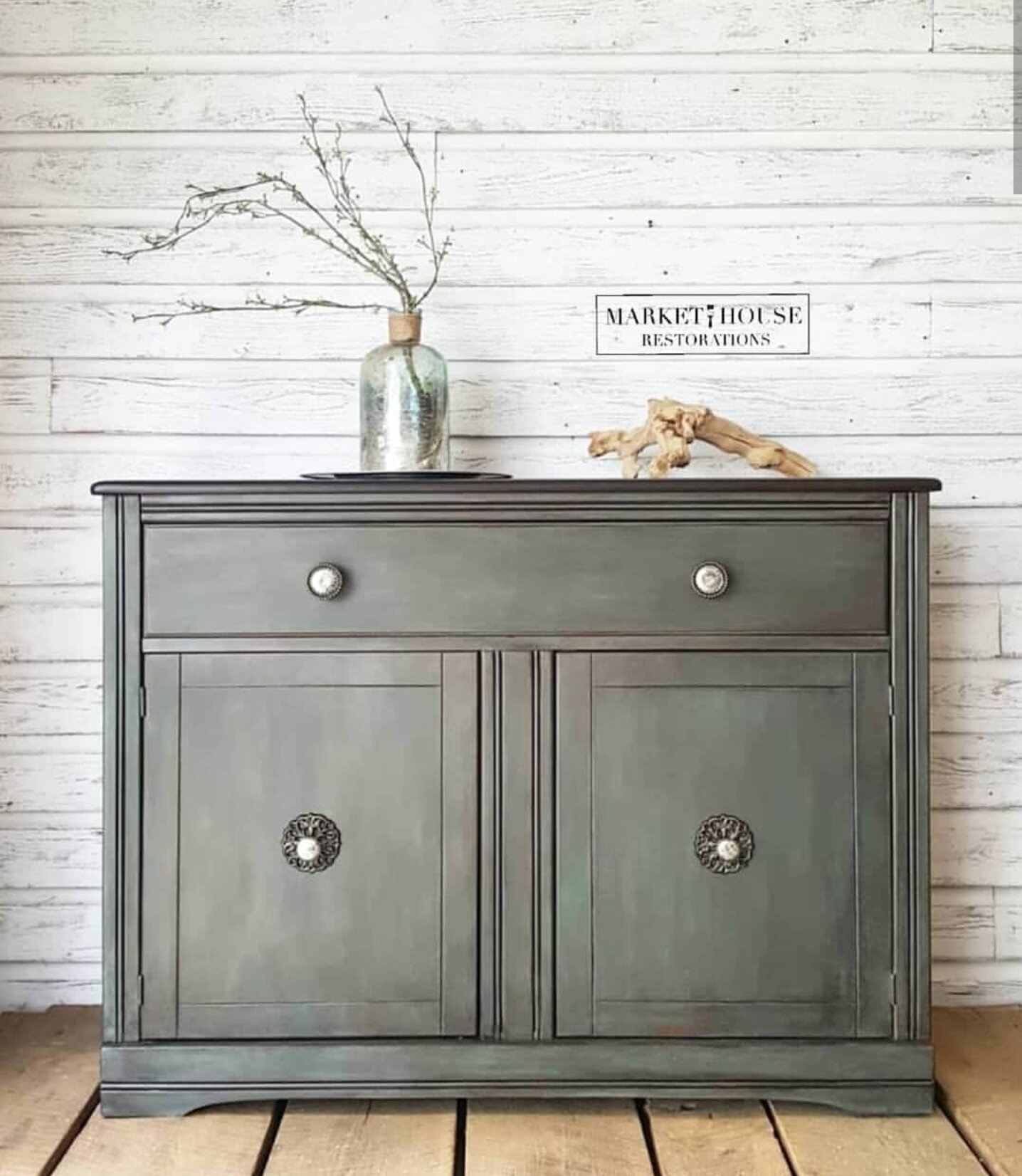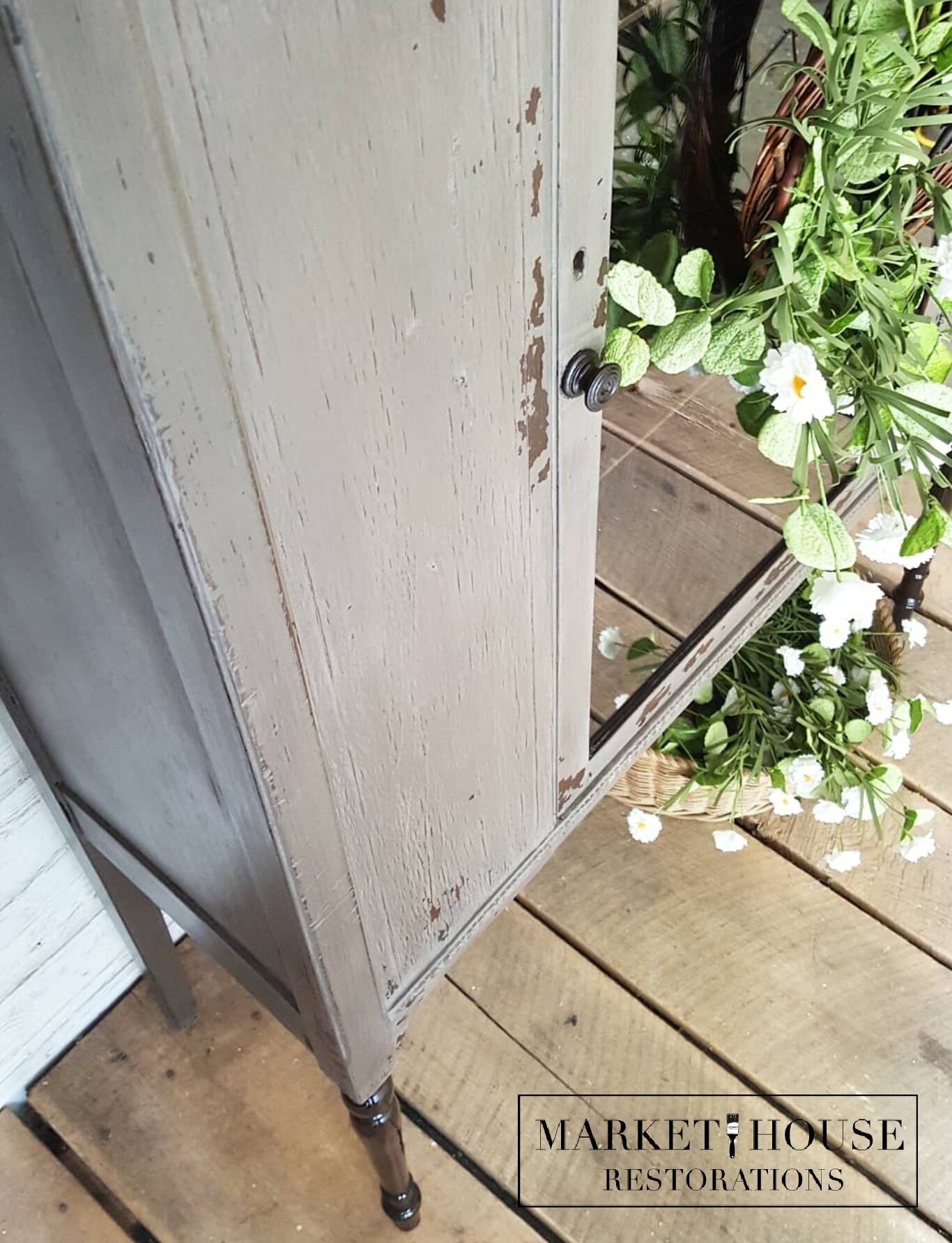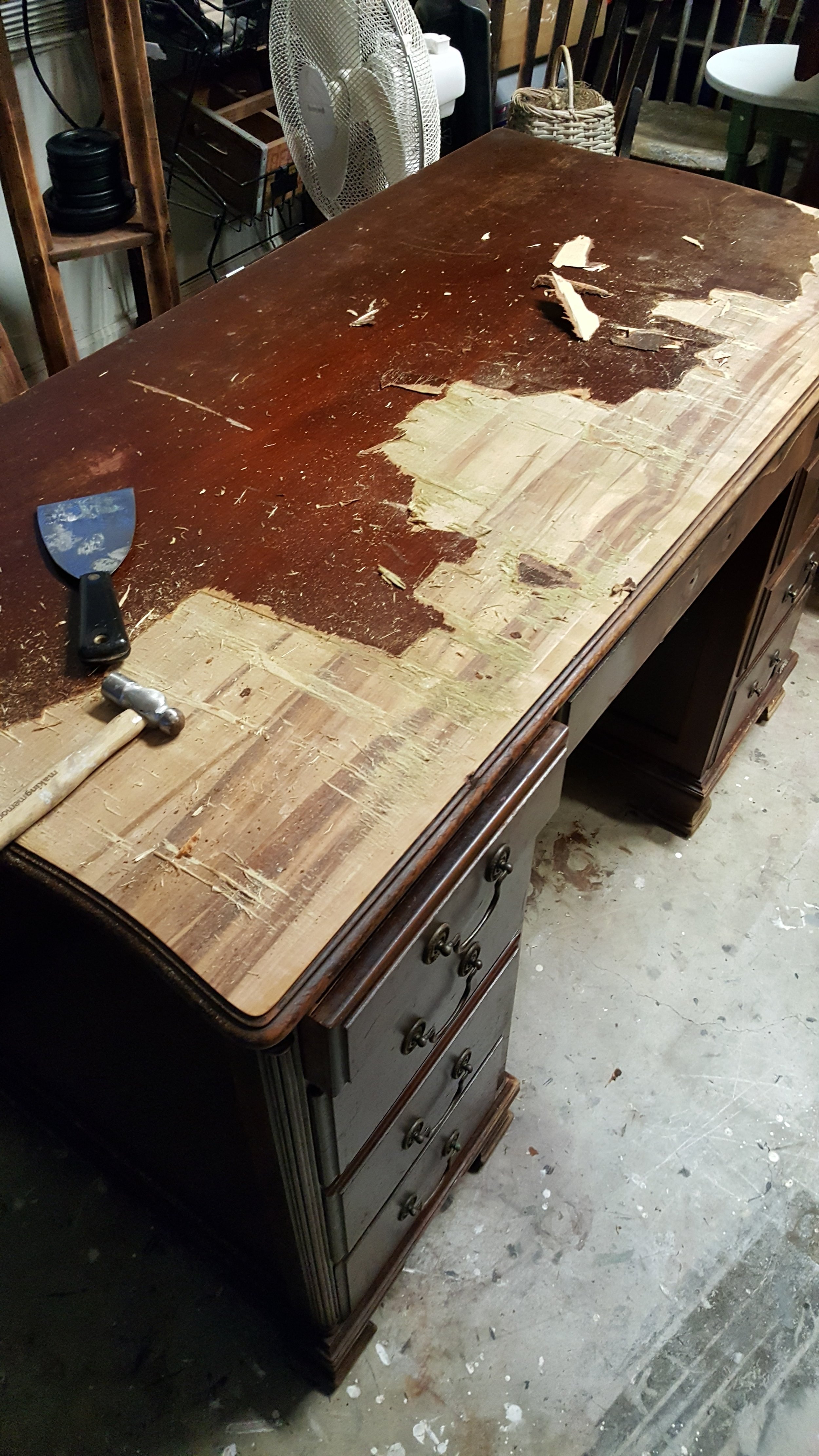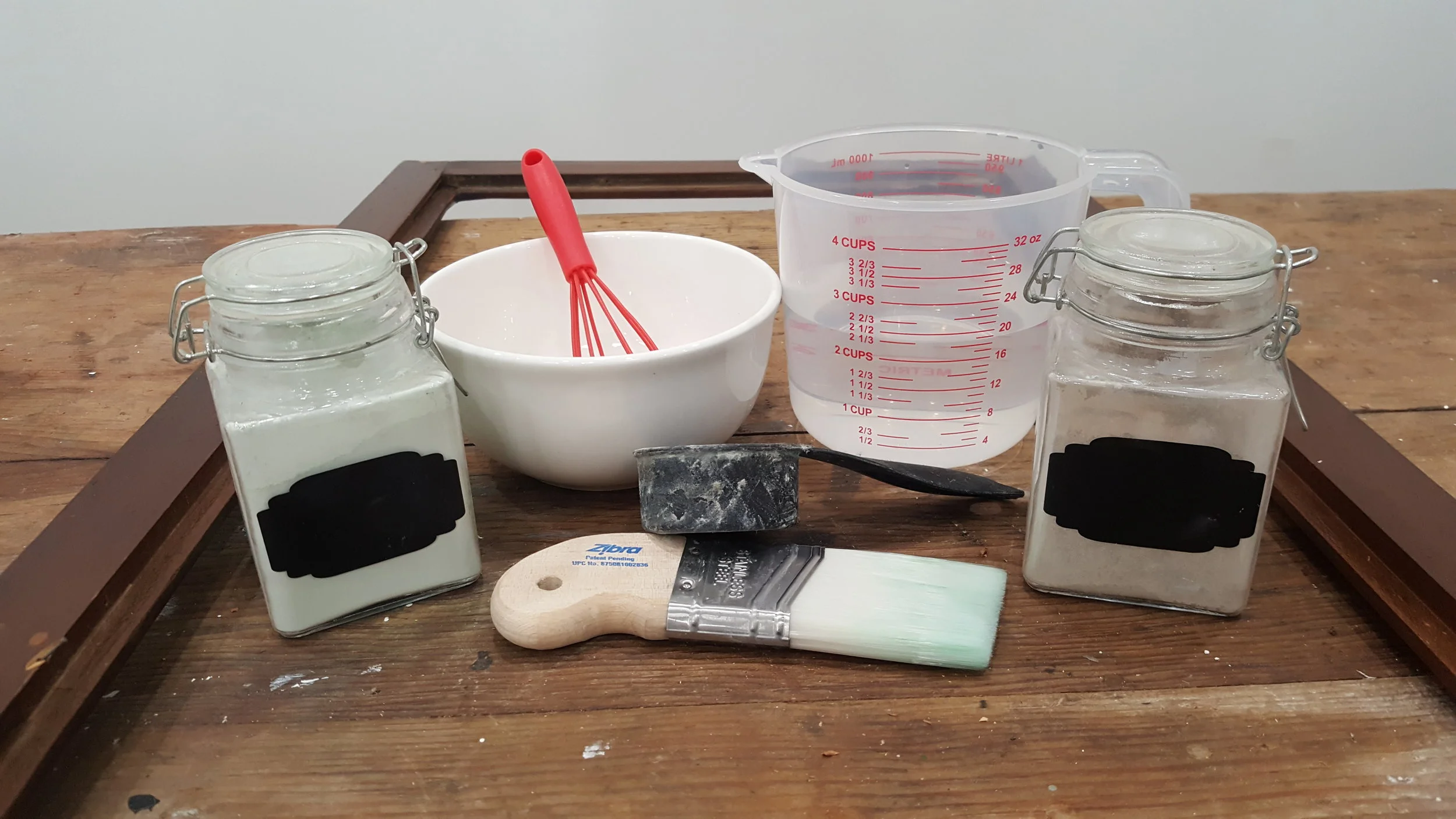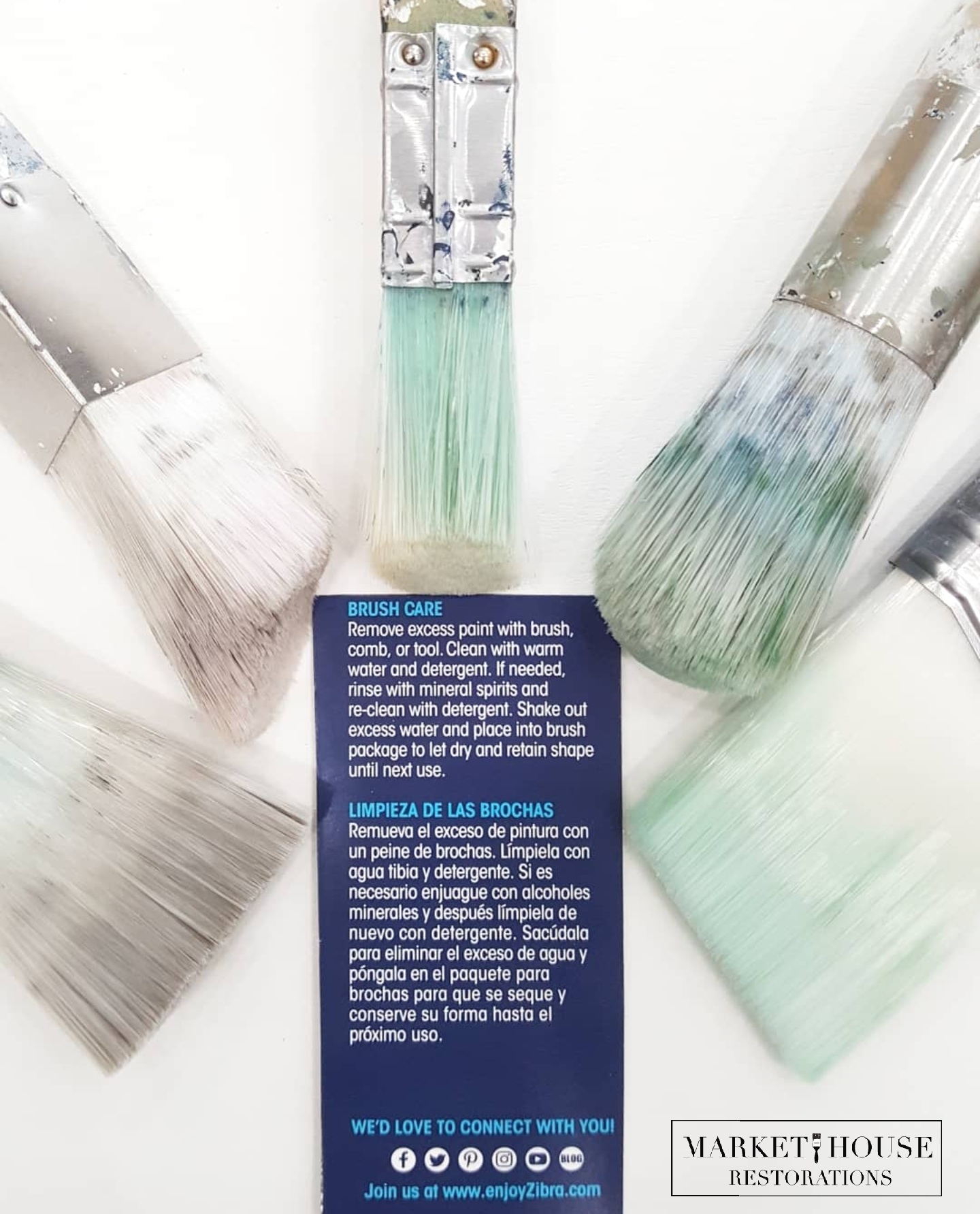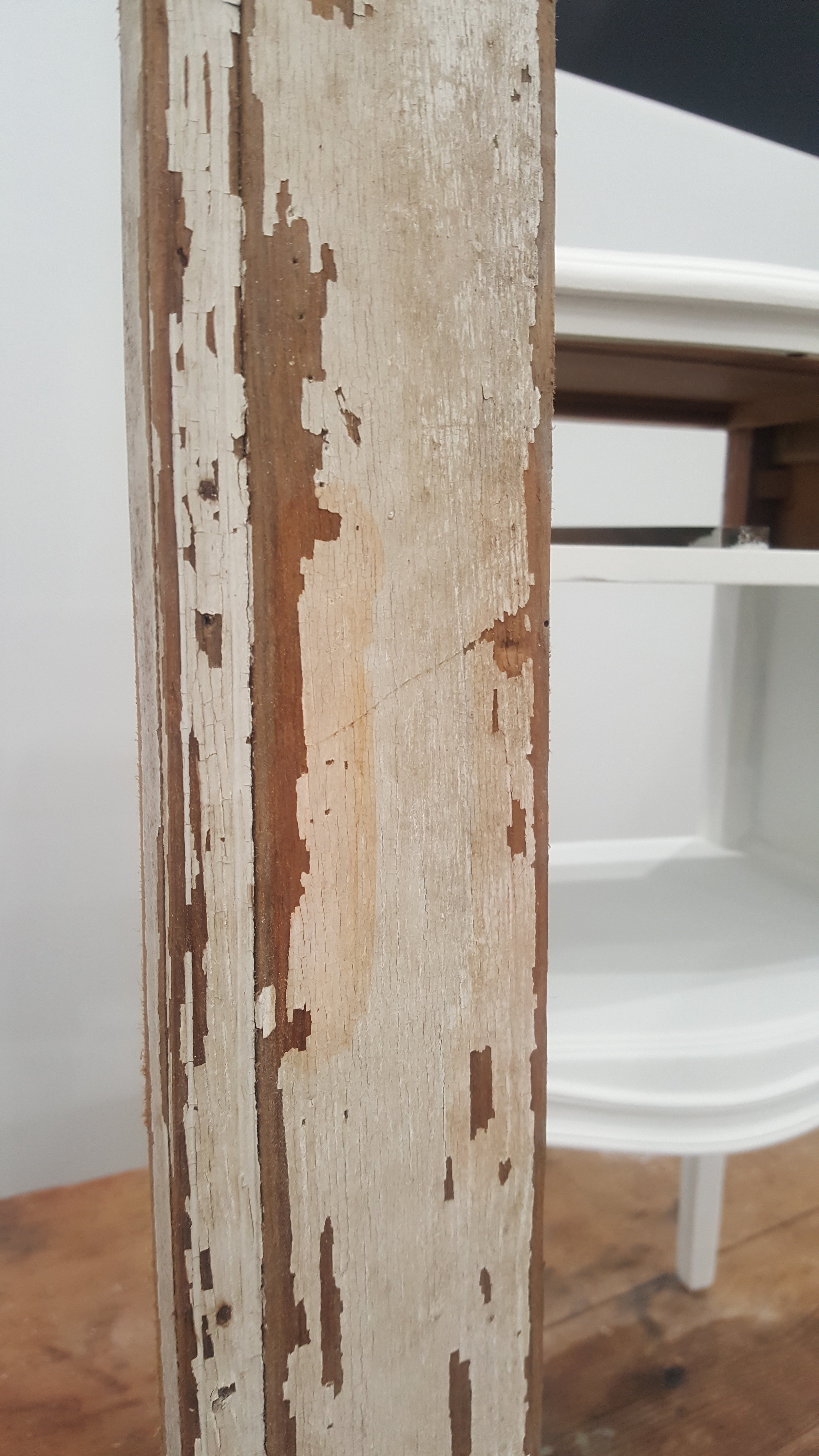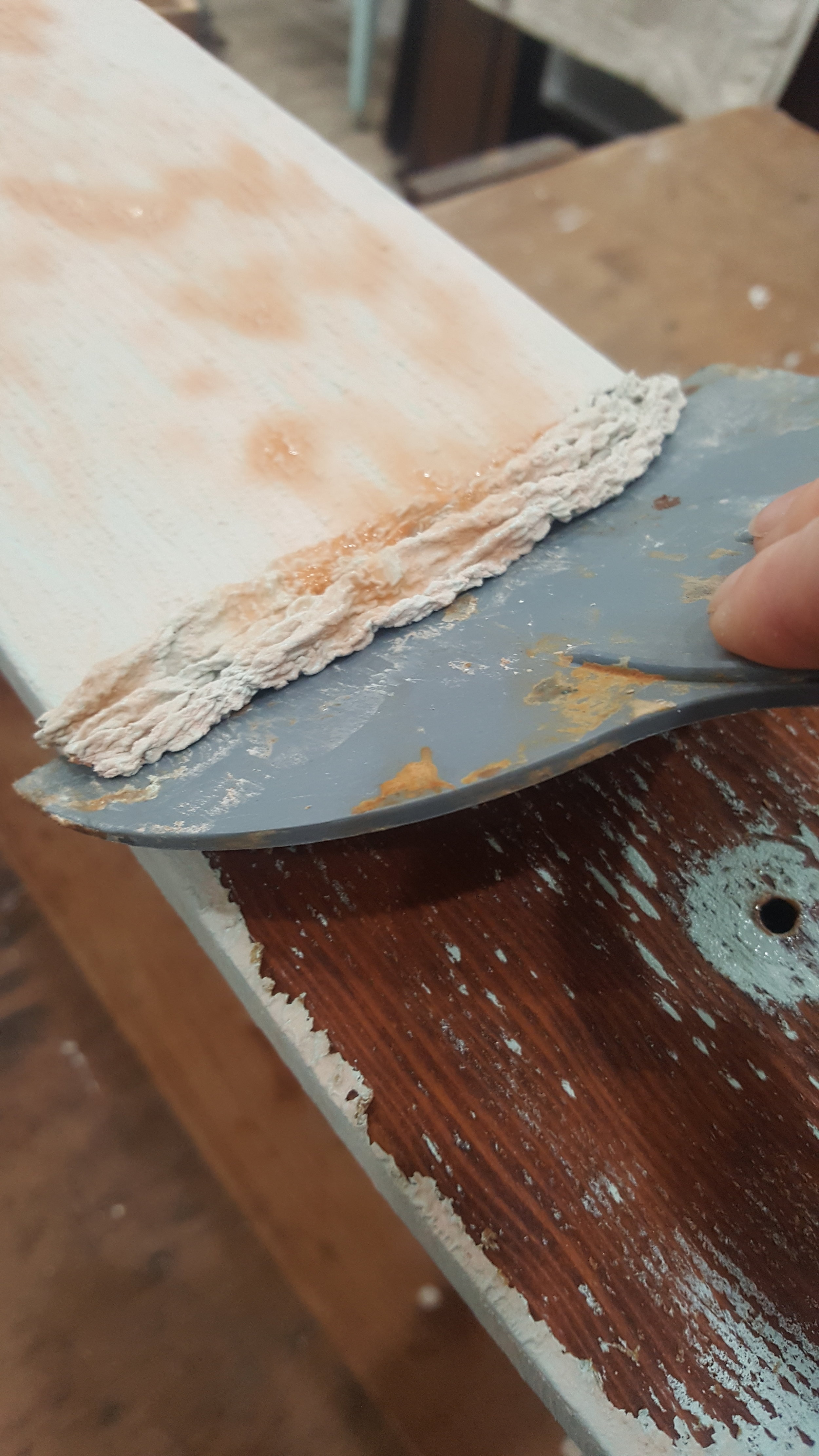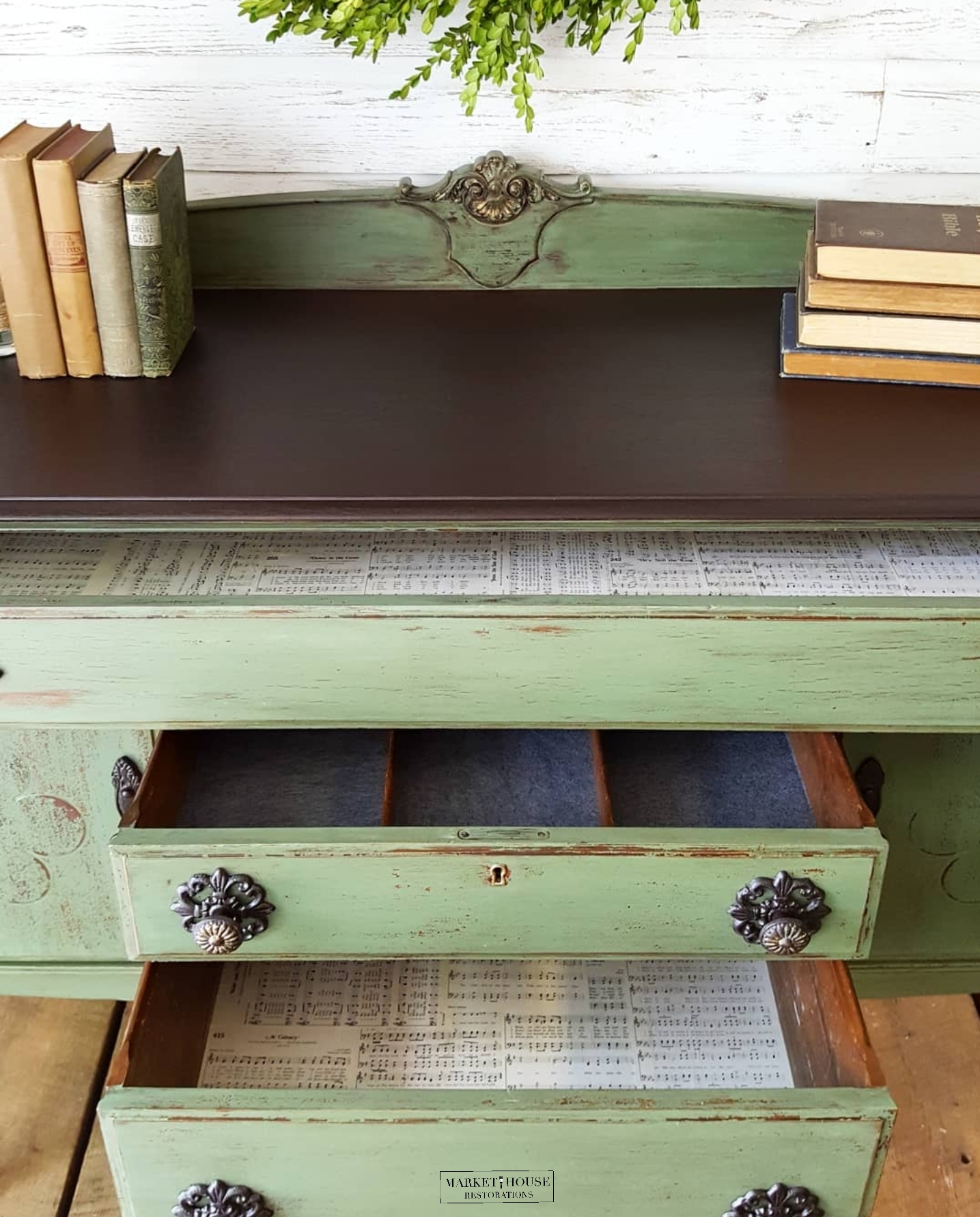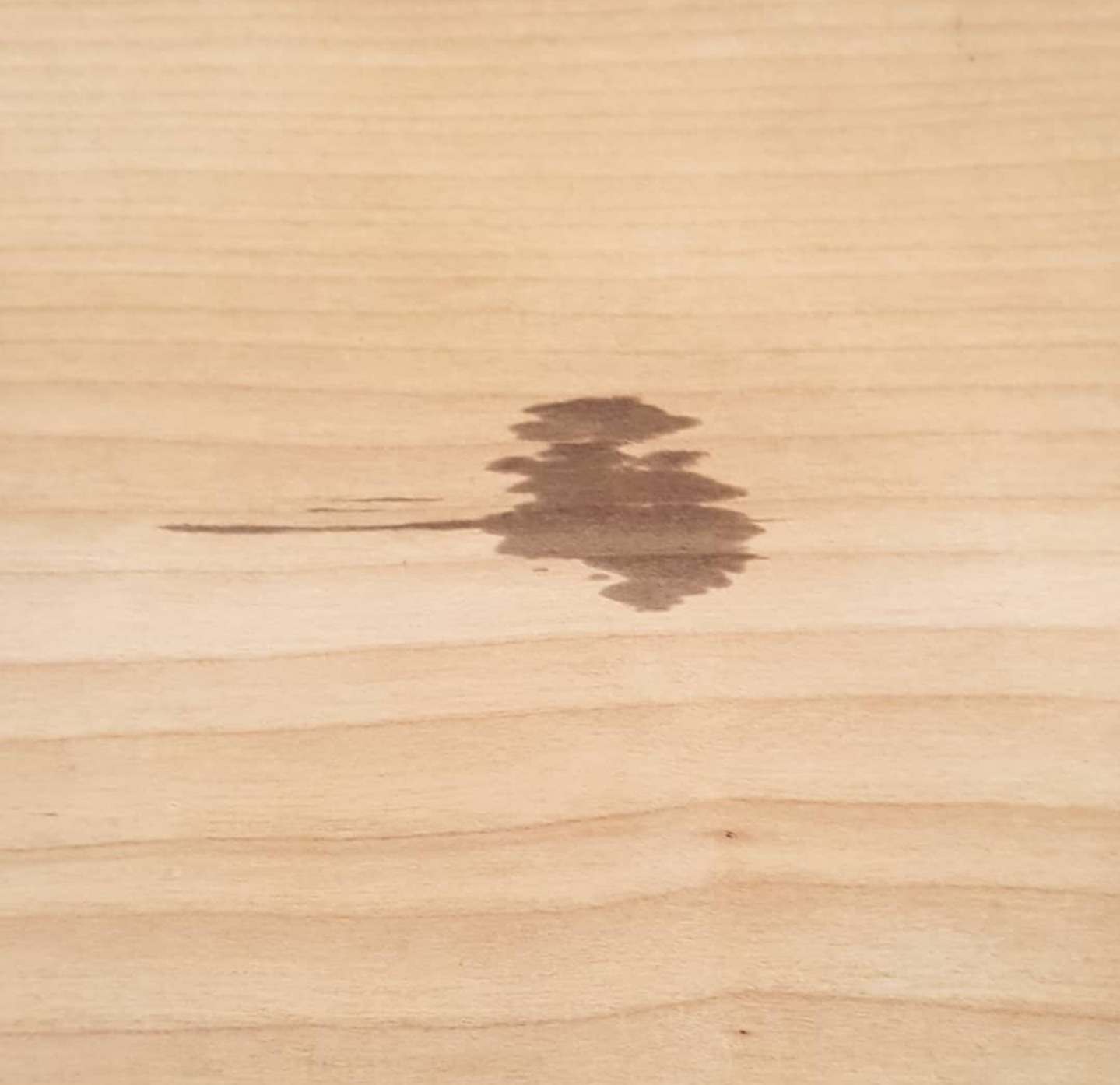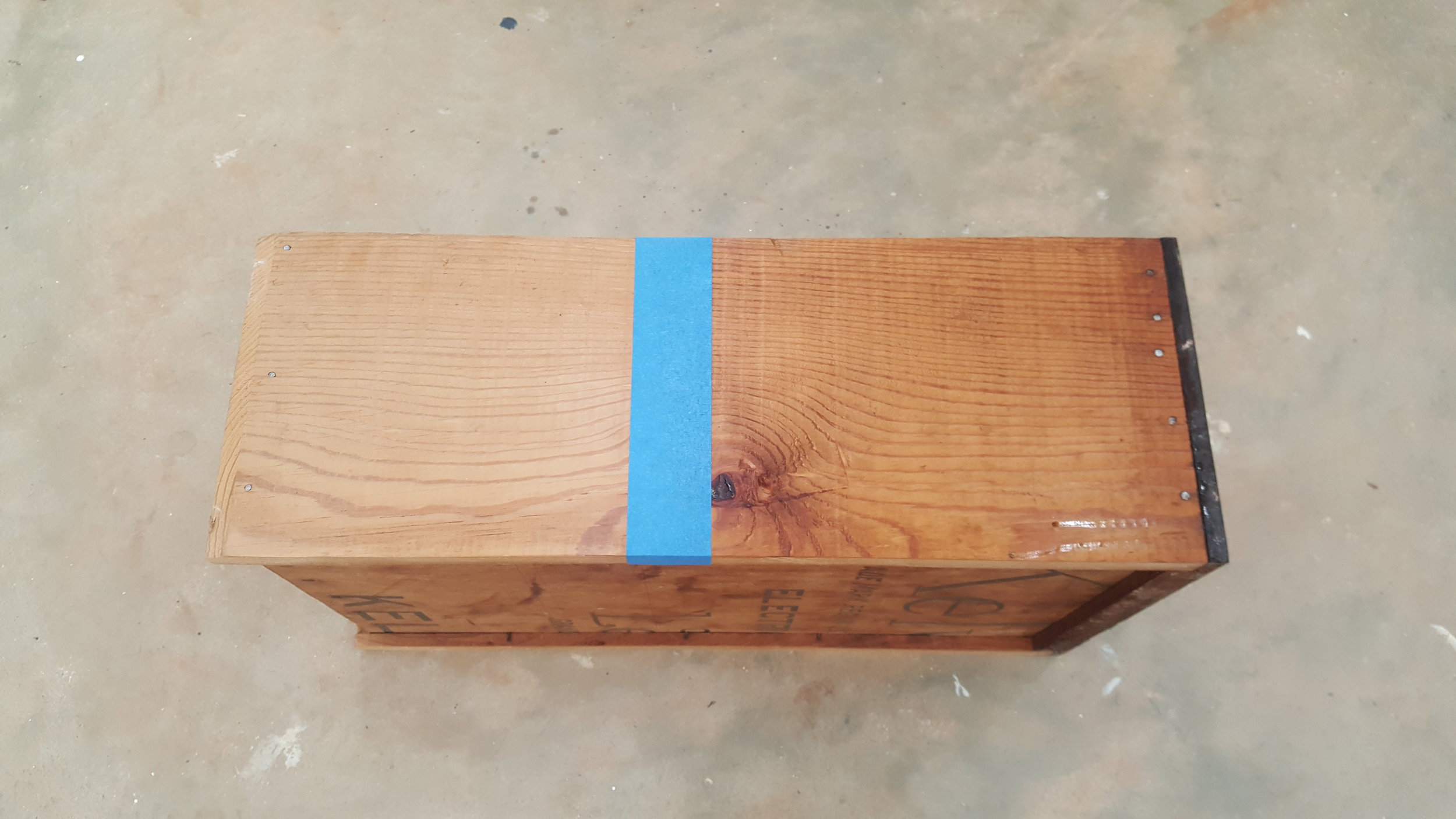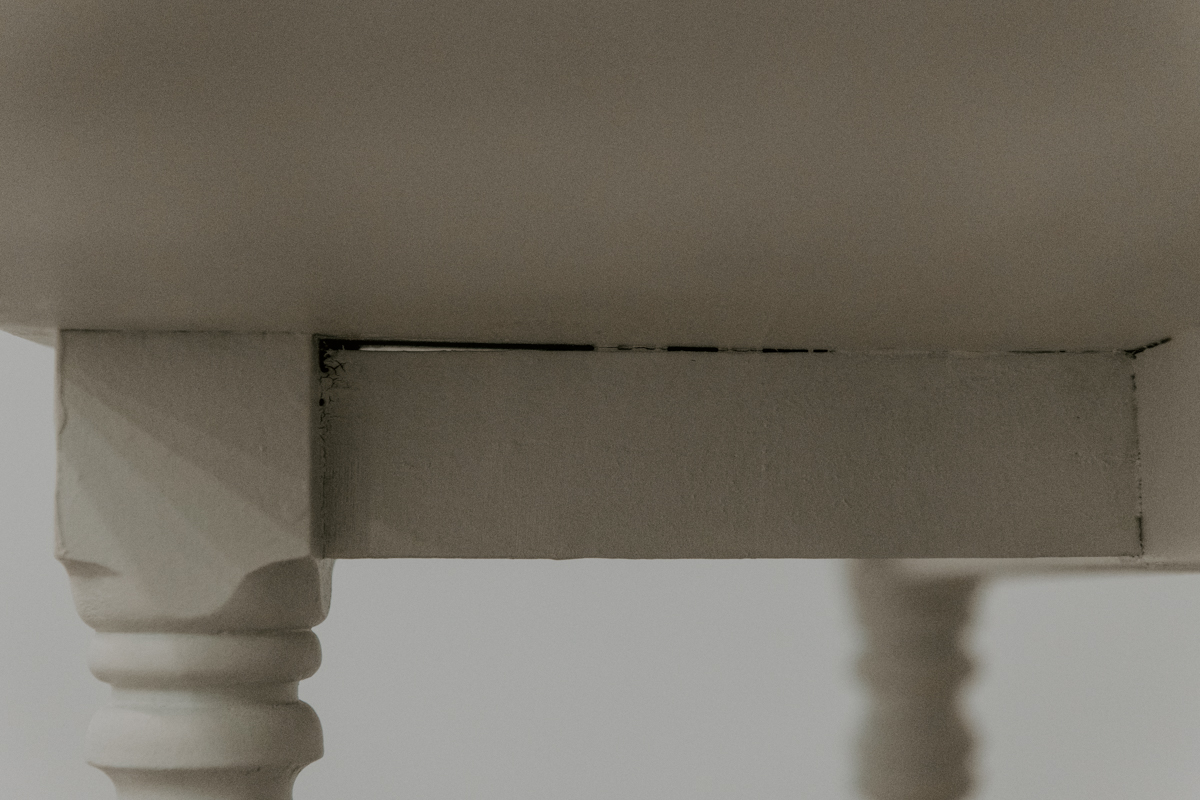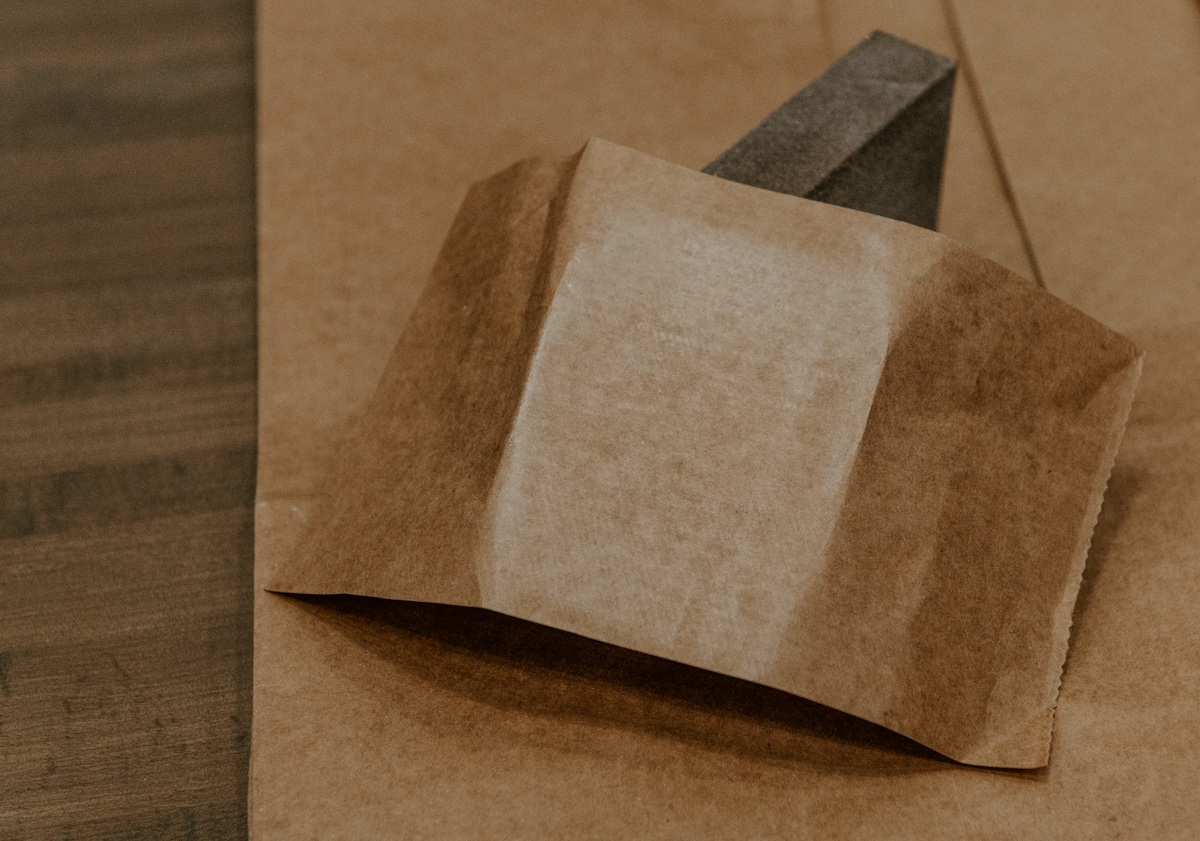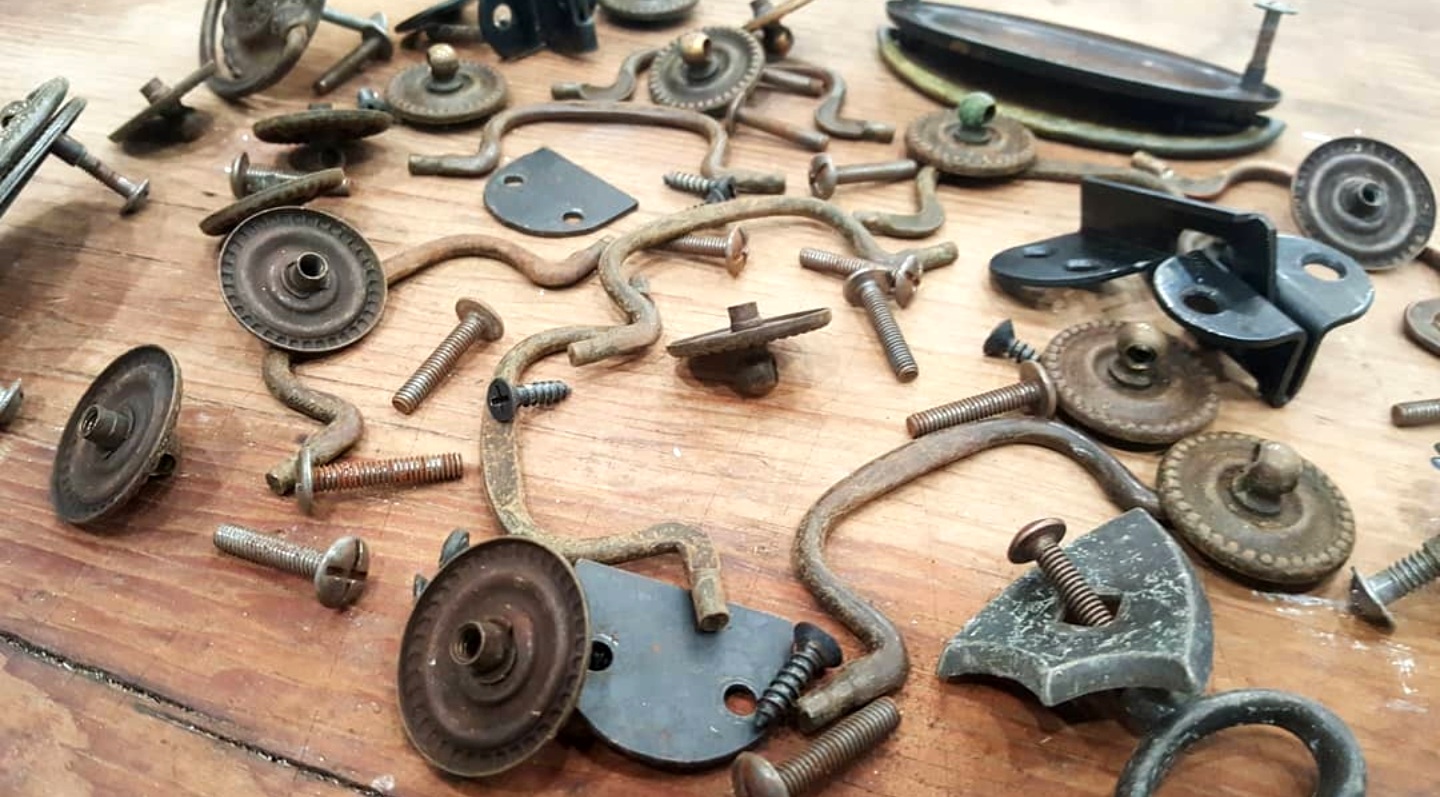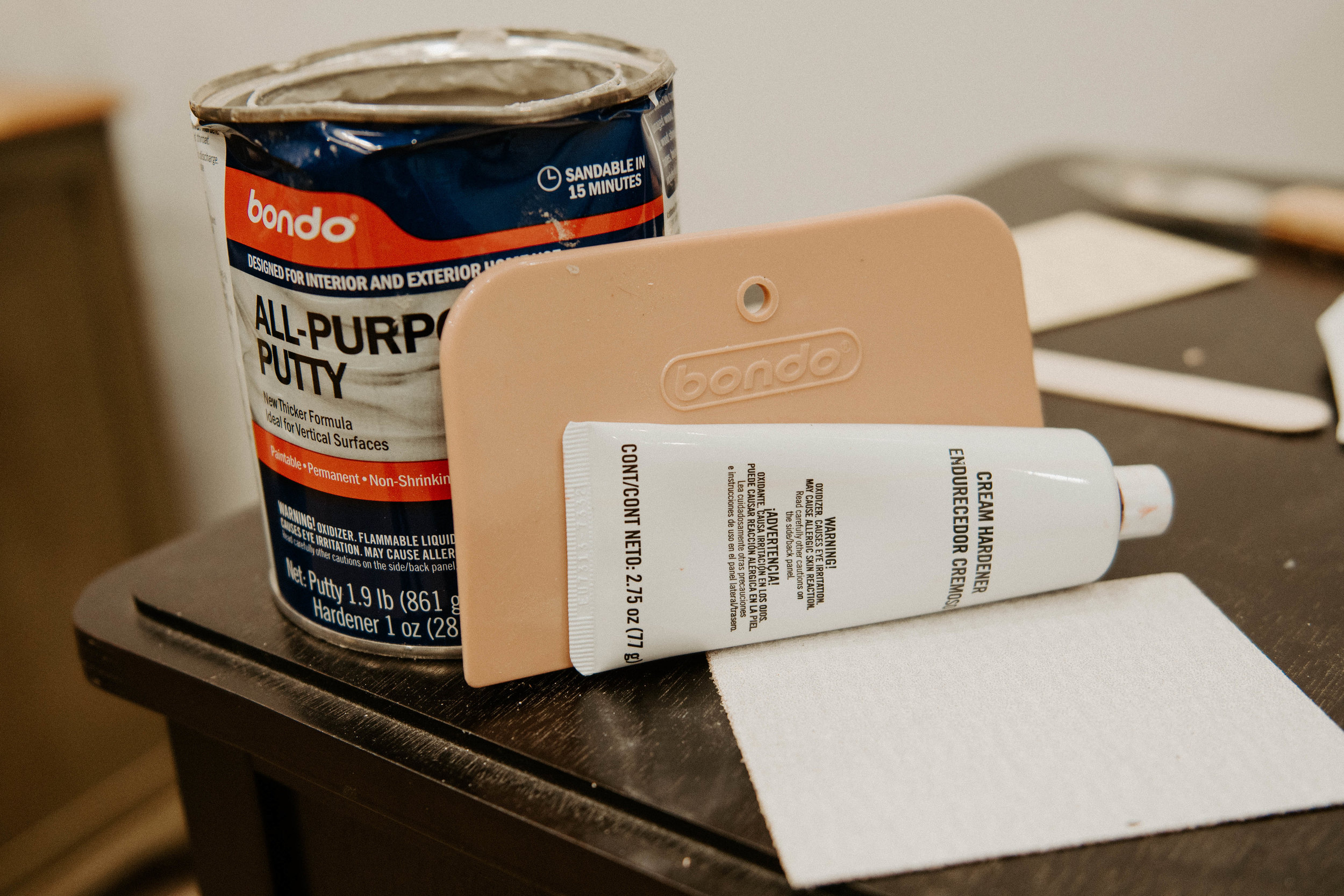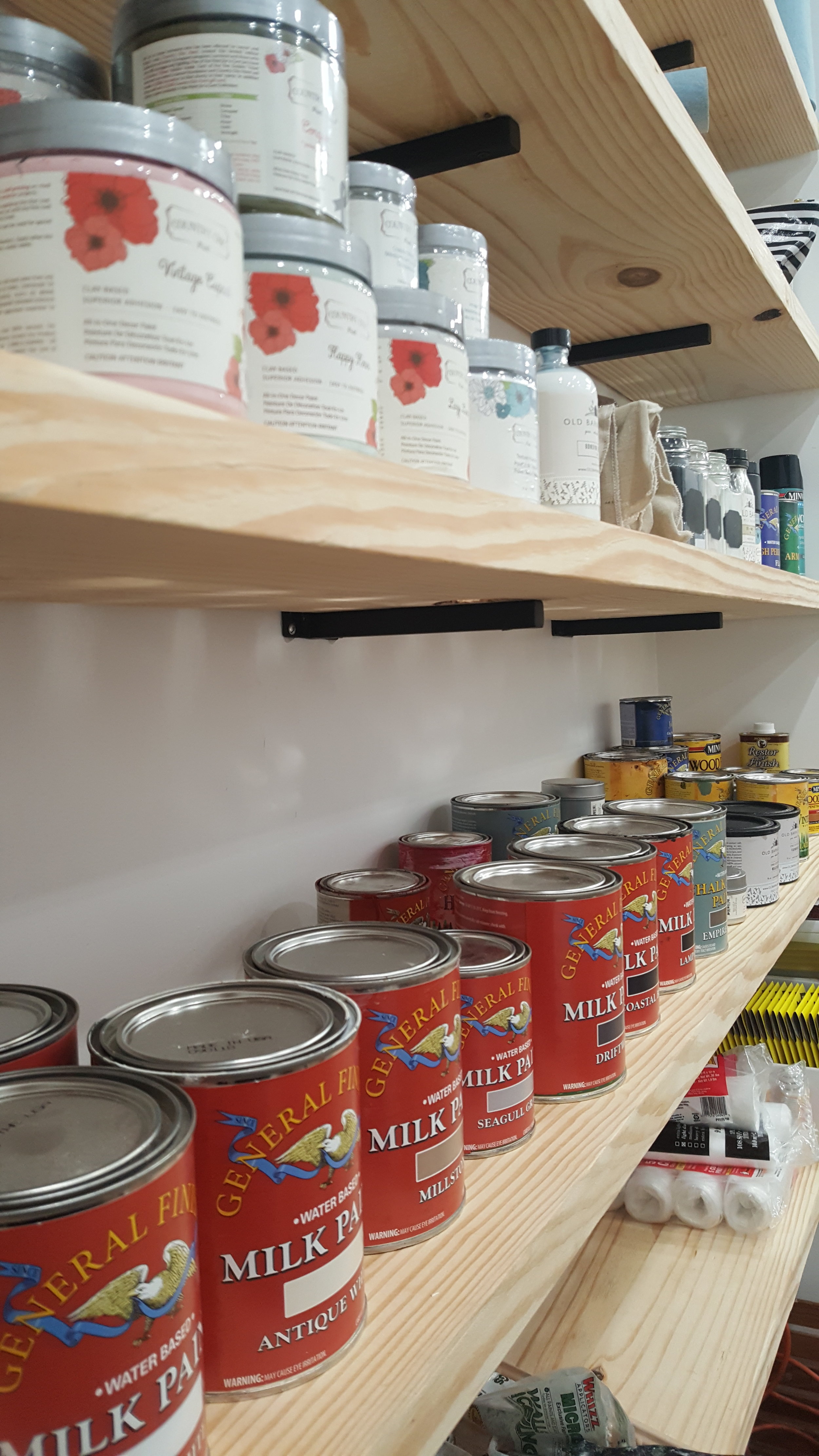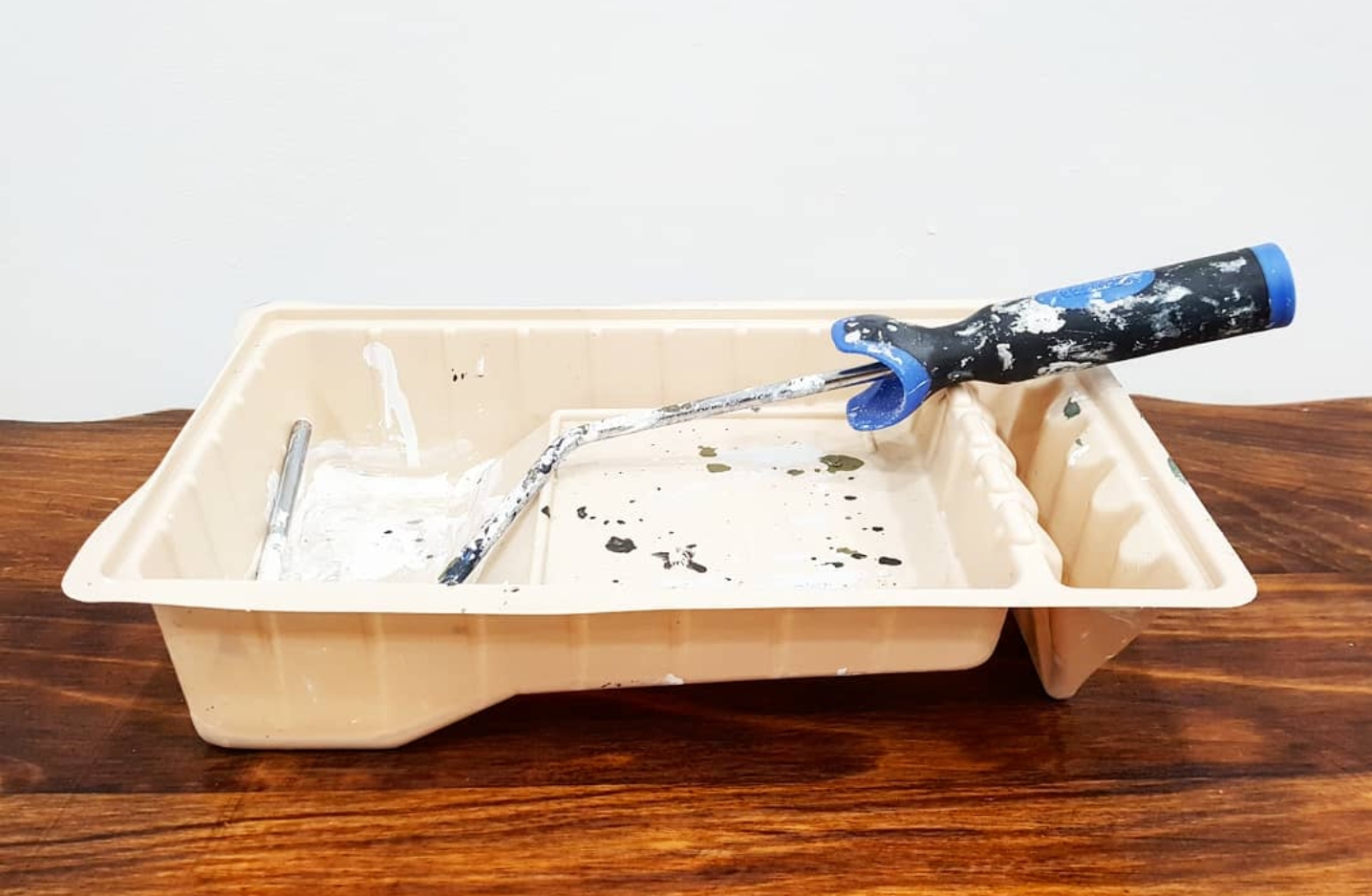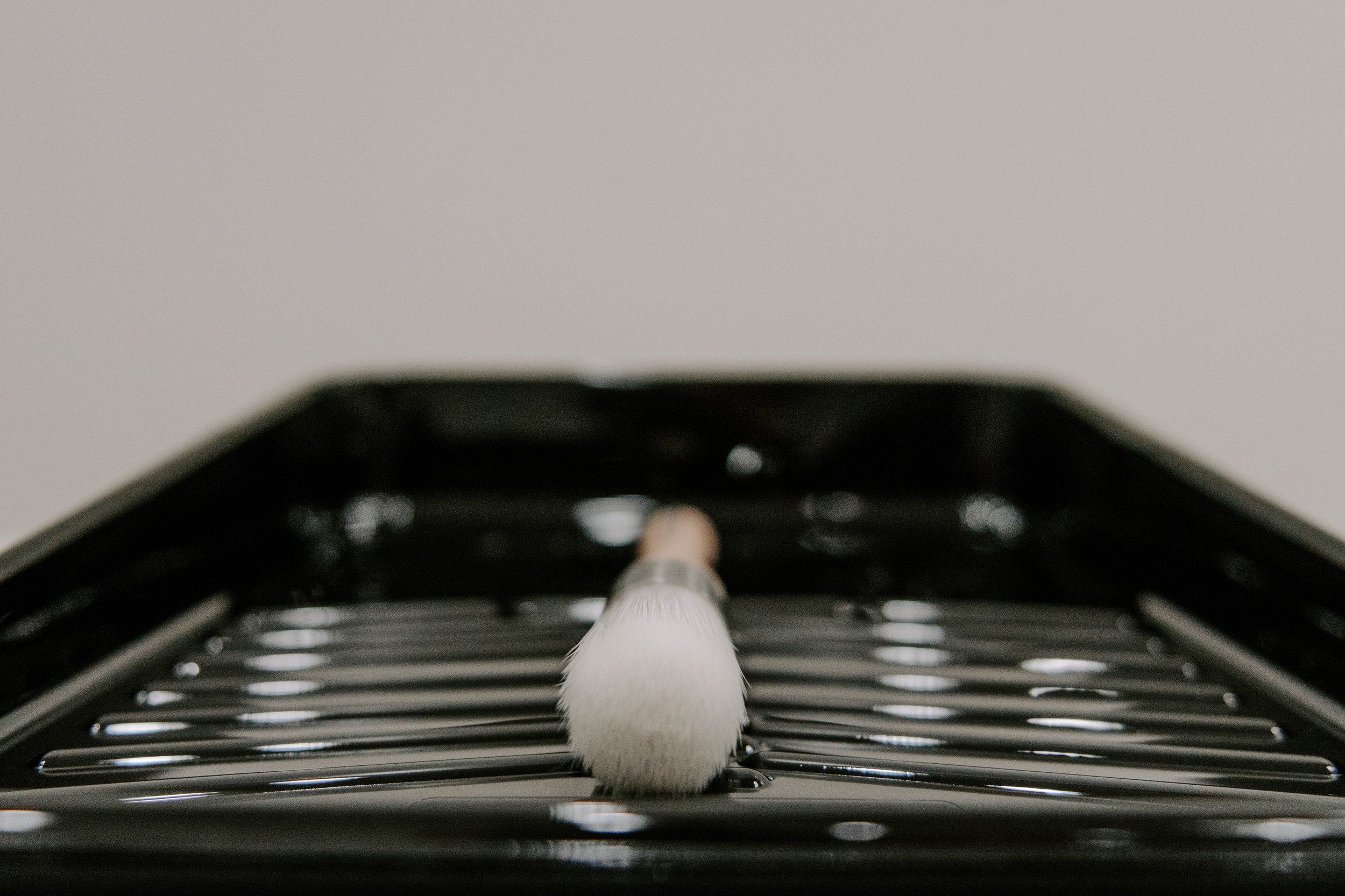My Favorite Primer To Use When I Paint Furniture! #TuesdayTipsWithFallon
/ Fallon Yates#TuesdayTipsWithFallon
Primer is critical for a professional finish because it helps with adhesion and helps prevent tannins from bleeding through especially if you’re using a lighter color. Primer helps with durability and can also help block out odors.
Over the years I have tried many different types of water-based and oil-based primers, but in the end it’s hard to beat Shellac. I have used BIN religiously for about 3 years and it’s by far my favorite primer on the market. BIN Shellac by Zinsser (or Rust-oleum) is my absolute favorite. It is a pigmented Shellac and can be used on whole surfaces or for small spot-priming. While I have never actually done it, I just want to note that it is tintable for lighter colors.
The only downside to Shellac is that it has a little bit of a smell, it can be sticky if the weather isn’t perfect and it’s thinner than most paint mediums. However, I personally don’t think the downsides outweigh the positives. I like knowing that when the time comes to seal my pieces, I won’t have any bleed through. I do recommend you wear a respirator mask and rubber gloves when working with Shellac and try to be in a well ventilated area, just to be safe!
As far as the application process goes, I use a cheap brush or an old brush that I can toss. I never use of my nice Zibra brushes! I also like to roll it on with a 4” roller, so I can throw away the roller when I am done. Just keep in mind, if you use a foam roller, it can start to fall apart after a lot of use, due to the chemicals in Shellac. If you are working on a small project, a foam roller is fine! If you’re working on a larger project I recommend a microfiber roller.
In addition to preventing bleed through, BIN Shellac sticks to any surface without sanding. It can be used inside or for spot-priming outside and it can also be used under-or-over any chalk, milk, latex or oil based paint. It dries really fast, too. Once applied, it dries to the touch in about 10 to 15 minutes. Once it’s completely dry, I like to sand it with a 220 grit sandpaper before I apply my paint color to give it a super smooth finish.
Thank you so much for stopping by for #TuesdayTipsWithFallon! Make sure you tune in every other week for a new tip! If you want to save this blog post, just pin it to your Pinterest page and/or feel free to share it elsewhere. Thanks again! Happy Priming!!
*Please note, this blog post does contain affiliate links.
Don’t forget to check out my other #TuesdayTipsWithFallon videos and blog posts below!!



